Artist Joyce Campbell – a finalist in the Walters Prize – works from a barn that’s part-shed and part mad laboratory, creating images that explore uncharted depths
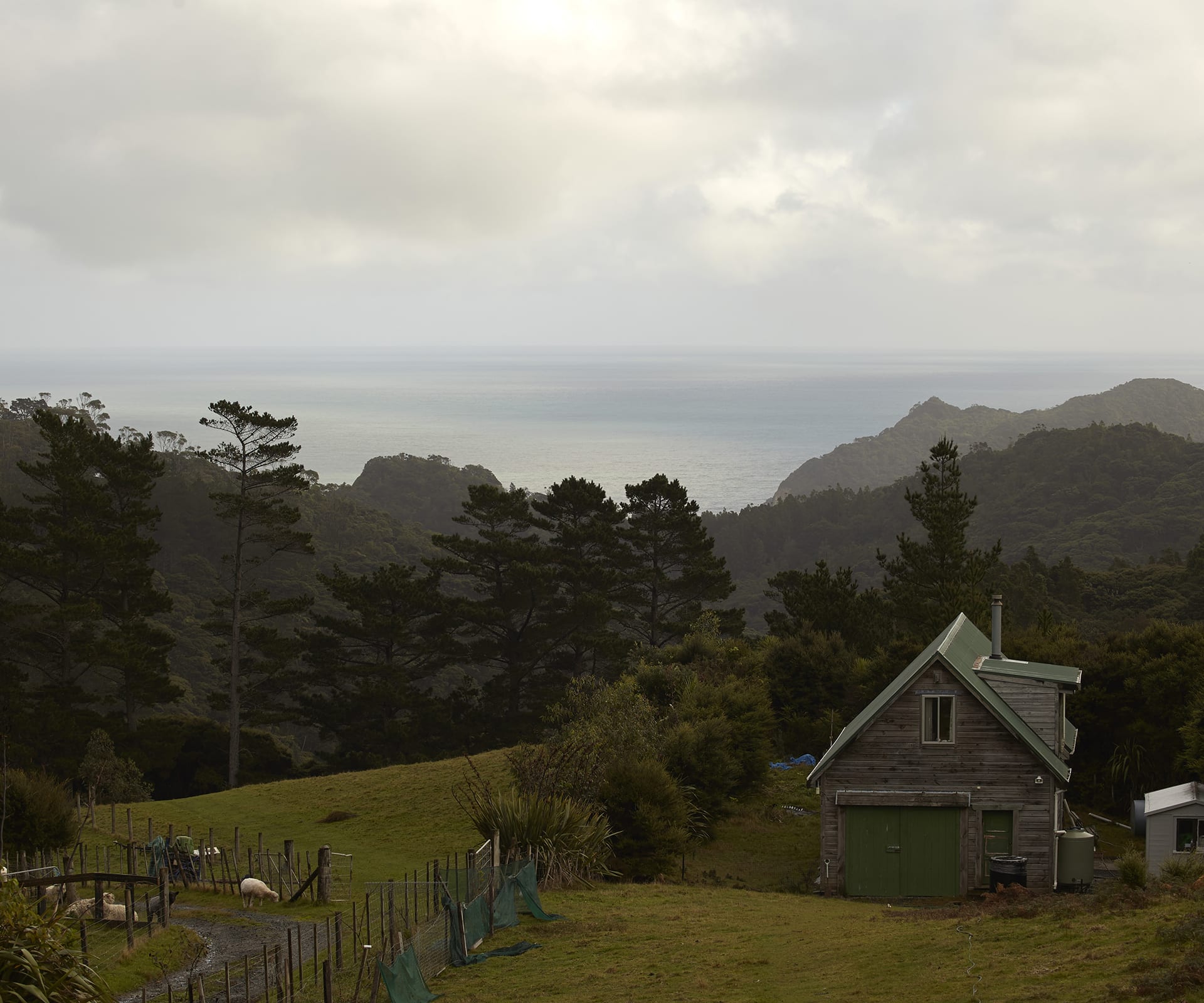
The road to artist Joyce Campbell’s house
It’s a miserable June morning, windy with sideways rain, on the road out to Karekare. I miss the turnoff for Joyce Campbell’s place twice, before finally bumping down a narrow, broken drive to her house, perched on a piece of ex-farmland. There’s also a barn, which – part-shed, part mad laboratory – is where Campbell and her assistant are busy creating watery, video worlds for this year’s Walters Prize, New Zealand’s most prestigious award for contemporary art.

It’s a rugged building, in rugged weather, in a rugged setting on Auckland’s west coast. It’s also a completely appropriate place to meet, because landscape and place are the two essential forces in Campbell’s work. During the past 20 years, she has made projects in locations as diverse as Antarctica, Los Angeles and Wairoa.
For the Walters, she is adapting her nominated work Flightdream – a video based on a short piece of science fiction by her friend Mark von Schlegell, which imagines what we might encounter in the deepest parts of the ocean. Von Schlegell’s story was actually inspired by Campbell’s photographic series Marianas, made in the early 2000s. Flightdream, then, is Campbell closing the circle; in it, silvery forms bob through black water like deep-sea creatures, trailing tangly emanations as they go.
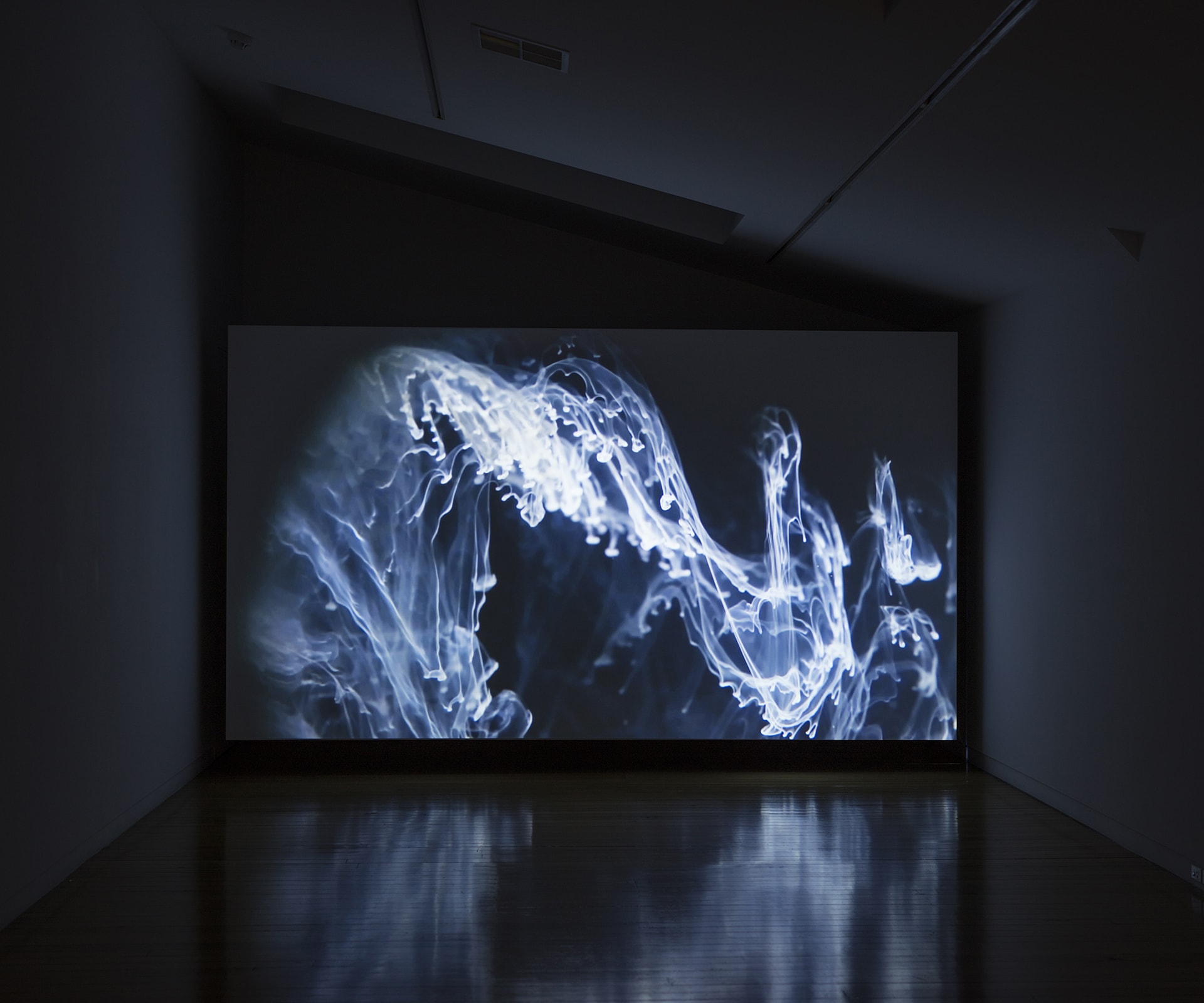
The Walters nod is overdue recognition for Campbell, who spent several years studying and working in California before returning to New Zealand permanently in 2007 (she now teaches at Elam School of Fine Arts). She laughs at herself when she retraces her slightly self-sabotaging trajectory.
“I’d developed a practice in New Zealand,” she says. “And it had got to the point where I could see where it was going. I left for eight years solid, right at that moment when you’d be locking something in here. And as things were locking in there, I came back here.” No surprise, then, that the Marianas Trench – that deep, uncharted abyss halfway between New Zealand and California – has played a big role in her work.
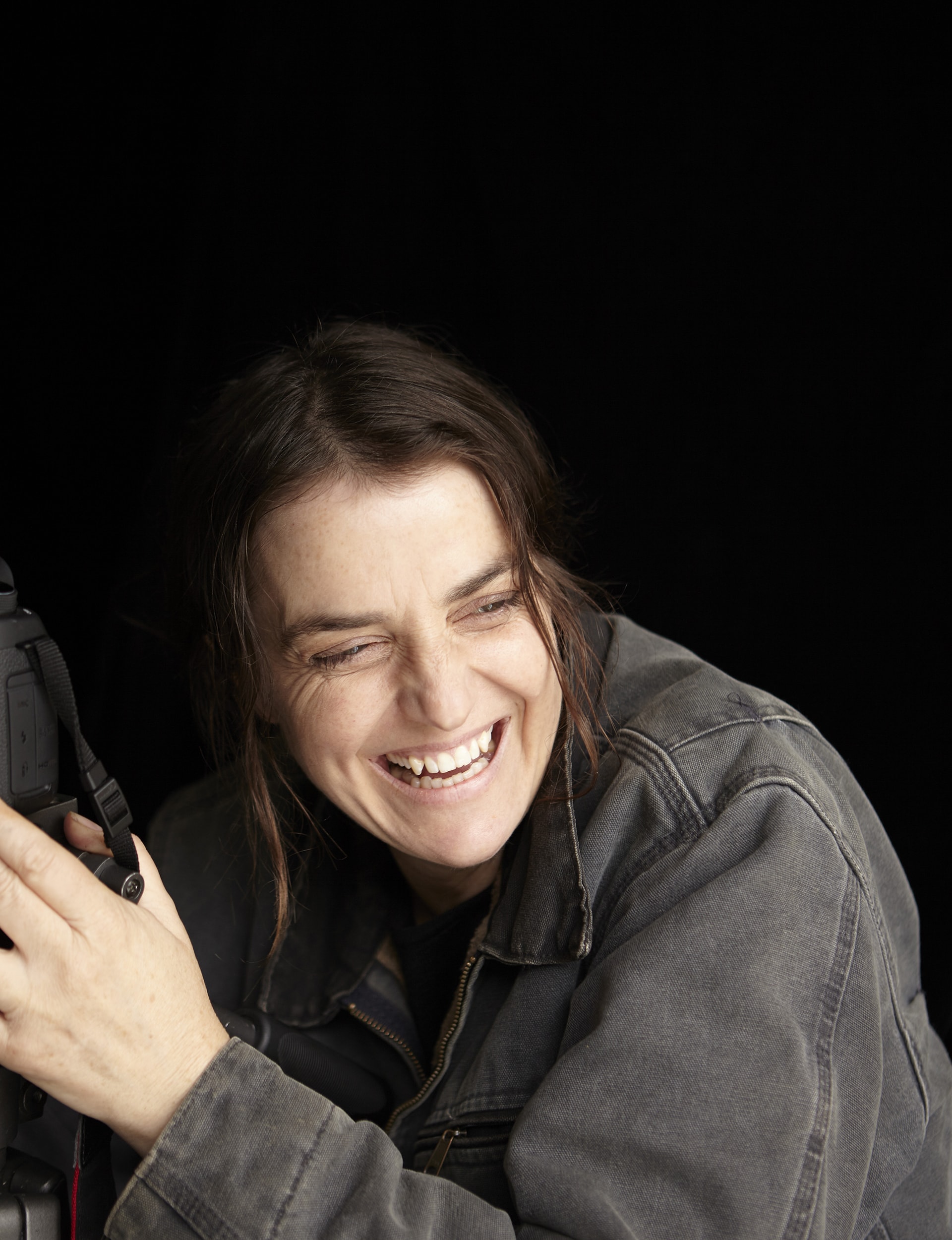
So has Wairoa, where she grew up. “I’m really committed to my hometown,” she says, “which has been very much derided and ill-supported as a part of the country. Where I work, I have access to a lot of resource, and I feel quite a strong obligation to funnel it into rural New Zealand… I see myself as being in a good position to bridge different cultural spheres. So I spend a lot of time in Wairoa and Te Reinga – in the valleys I loved and was deeply attracted to as a young child.”
Campbell’s work there takes as its starting point the loss of a close family friend, but expands out into a complex body of photographs which explore the dual journeys of a local taniwha and Te Kooti, as he passed through the Ruakituri Valley. It’s intensely personal, culturally sensitive and incredibly local. Campbell, though, is unfazed by its specificity.
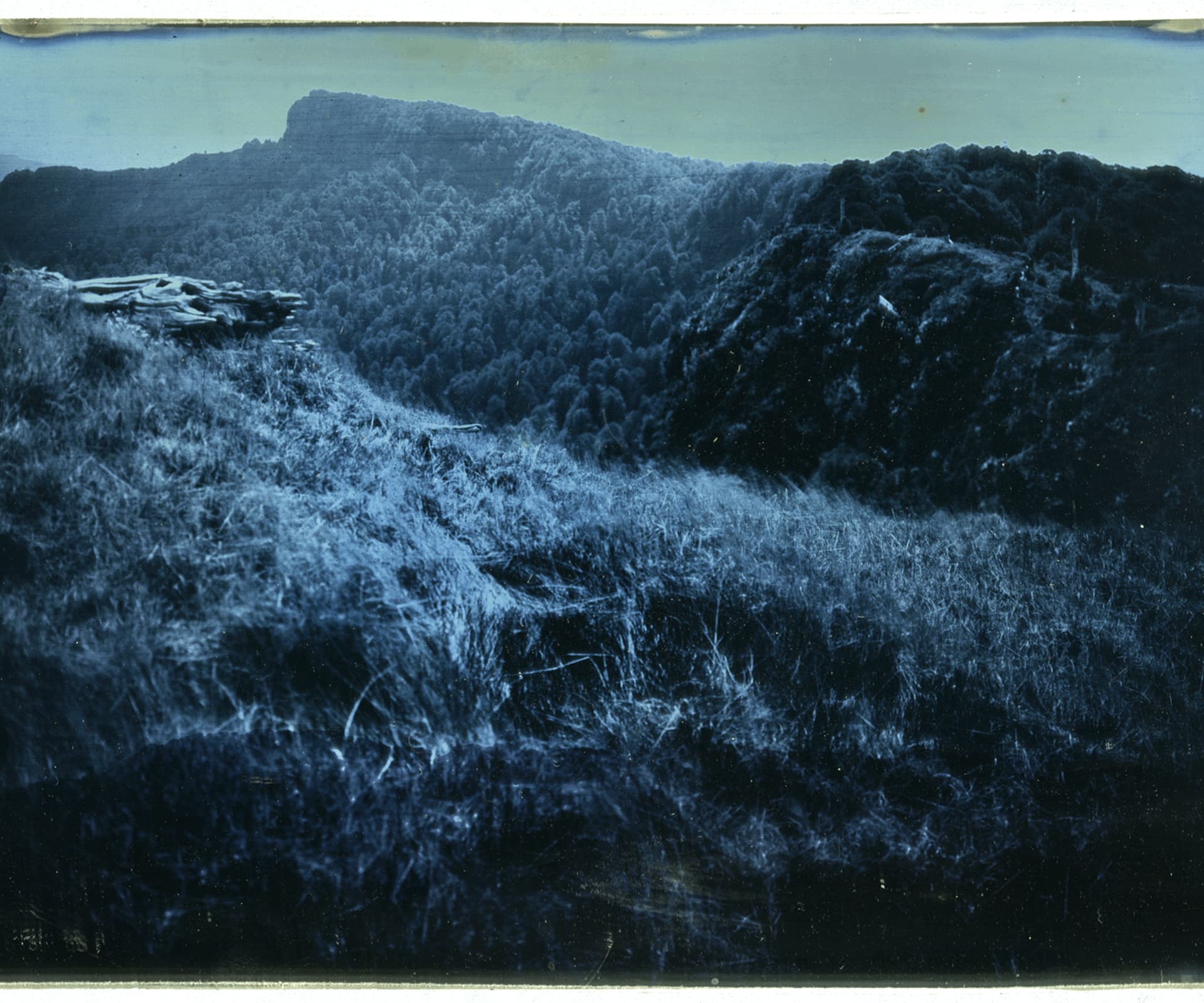
“The experience of those places is visceral and if you can produce work that conveys that visceral feeling, then that’s success. I don’t care if my work appears to the contemporary, internationalist, curatorial eye to be romantic or out of touch with the current aesthetic. If my audience is a bunch of people I hang out with in Auckland art galleries, that’s one thing. But if my audience happens to be in Wairoa, then my work isn’t going to look the same way. And I don’t buy the idea that that is less sophisticated.”
Throughout our conversation, Campbell speaks with a vibrant, deeply informed energy. Most noticeable is how crystal-clear she is about the motivations behind each project, and the technologies she uses to realise them. This has always been one of the confusing aspects of her practice for me: the fact that she can move from arcane methods like daguerreotype and ambrotype to HD video. She explains this best by talking about her series, made on a trip to Antarctica.
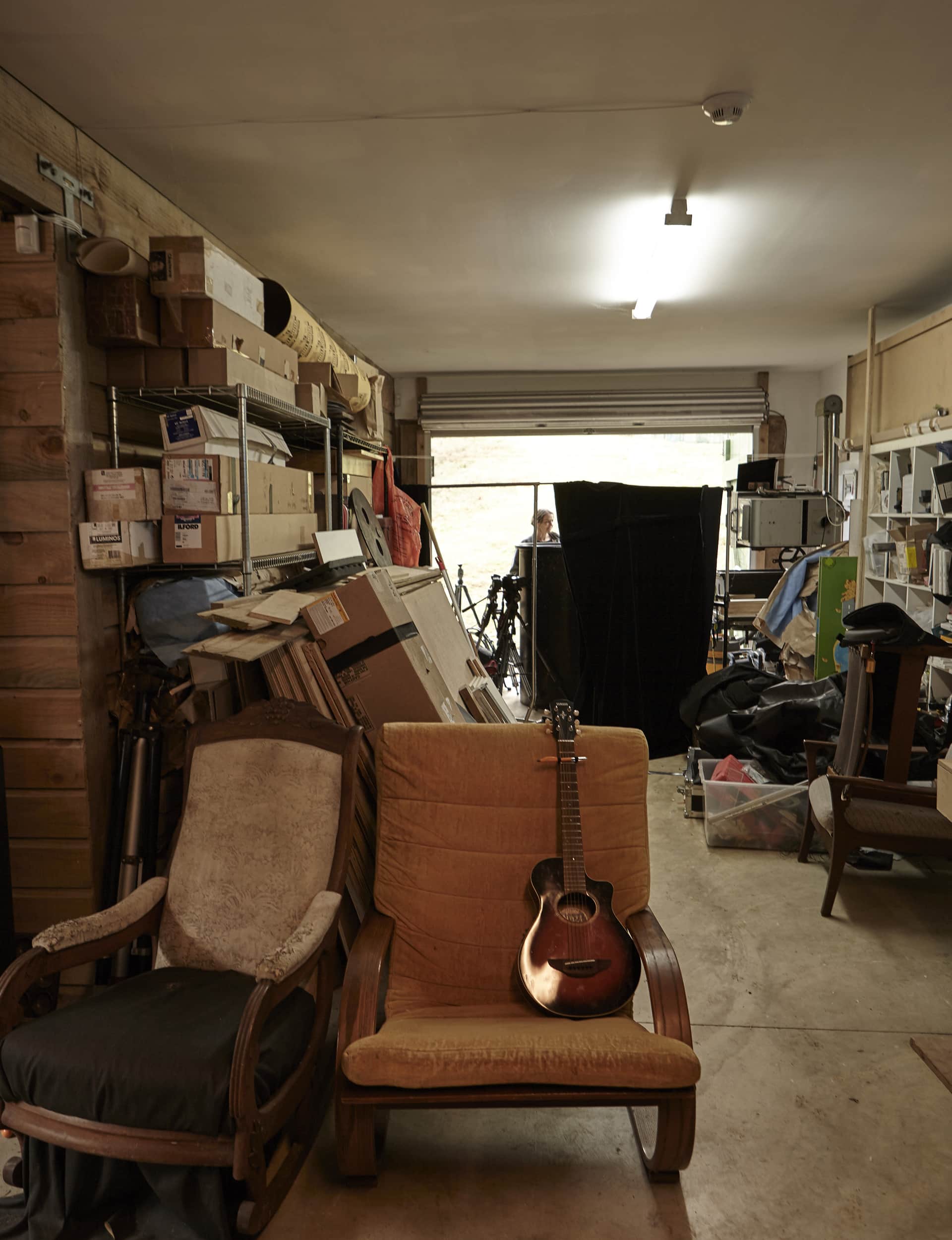
“I wanted to go to Antarctica, badly,” she says. “Even though I hadn’t been there, my instinct about that place was that we don’t belong there and we’re not wanted there and we’re screwing with it from a distance in an incremental, filthy way. The absolutely savage landscape there could flick you off like a tick. You feel it.
“So how do you wrap that all up in a technological practice like photography? I wanted to use daguerreotype because it had never been used there, so it would be as if the continent was picturing itself. I also wanted a really delicate medium that was almost impossible to doctor, because I was living in George W. Bush’s America and he was in complete climate change denial.”
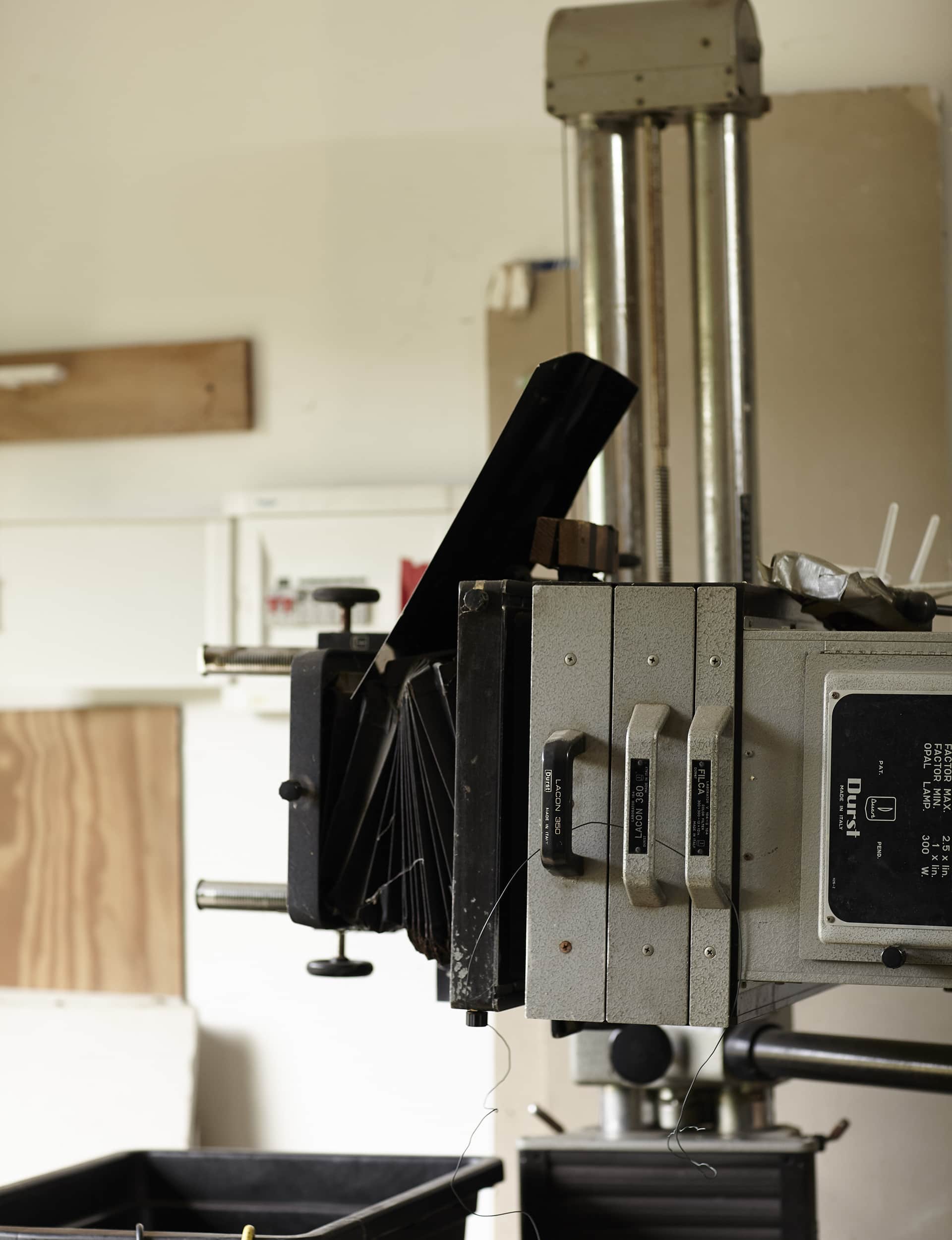
There’s a similar eco-logic behind two series of ambrotypes made in Los Angeles, LA Botanical and Crown Coach Botanical. In each, she chose ambrotype because it was invented in exactly the same year as Los Angeles was incorporated, which was also within a year of the Communist Manifesto being translated into English. “That’s really the first coherent analysis of the industrial moment,” she says. “Of the industrialised city and what happens when we become alienated from primary resource and primary need.”
In both series, Campbell documented plants that had been introduced for specific reasons in California, but which now grow wild, alienated from their original purposes. They become metaphors for the traumatic displacements of modernity – the point when technology and colonialism collide with our innate, instinctive understanding of the world’s natural balance. In the Marianas Trench, though, there are different, more hopeful promises: dark potentialities we’ve yet to conquer or obliterate.
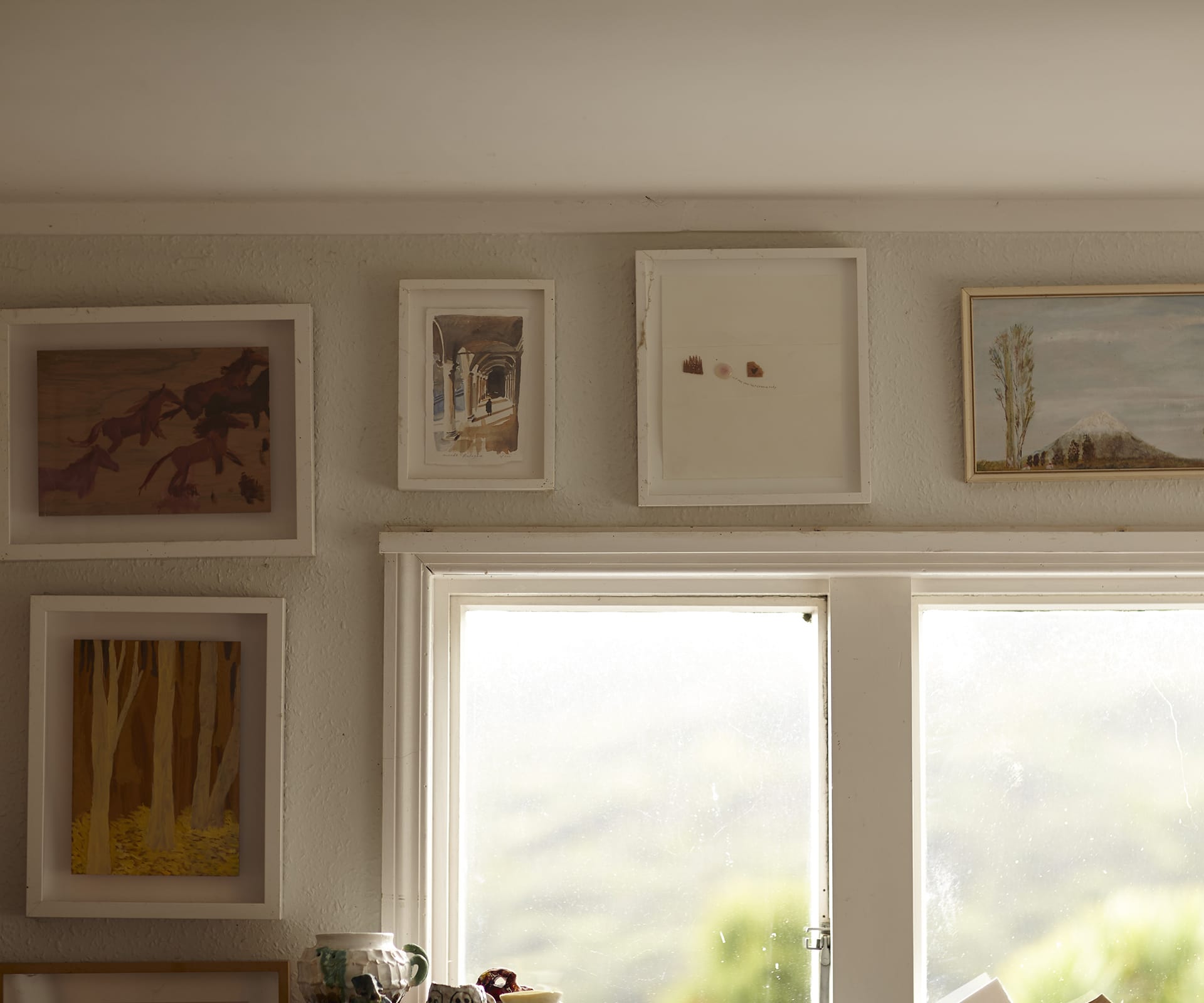
“Modernity is only hitting the bottom of the Marianas Trench now,” Campbell says. “Maybe when James Cameron decided to do his heroic thing and plummet in his yellow submarine to the bottom of it, maybe that’s when modernity hit. Or maybe the changing currents and the heat of those currents are only just getting to the bottom of the trench. But whatever we’re doing to this planet, it hasn’t quite happened yet. Or it’s happening right now. This is the moment.”
Words by: Anthony Byrt. Photography by: Toaki Okano.
[related_articles post1=”46358″ post2=”159″]






